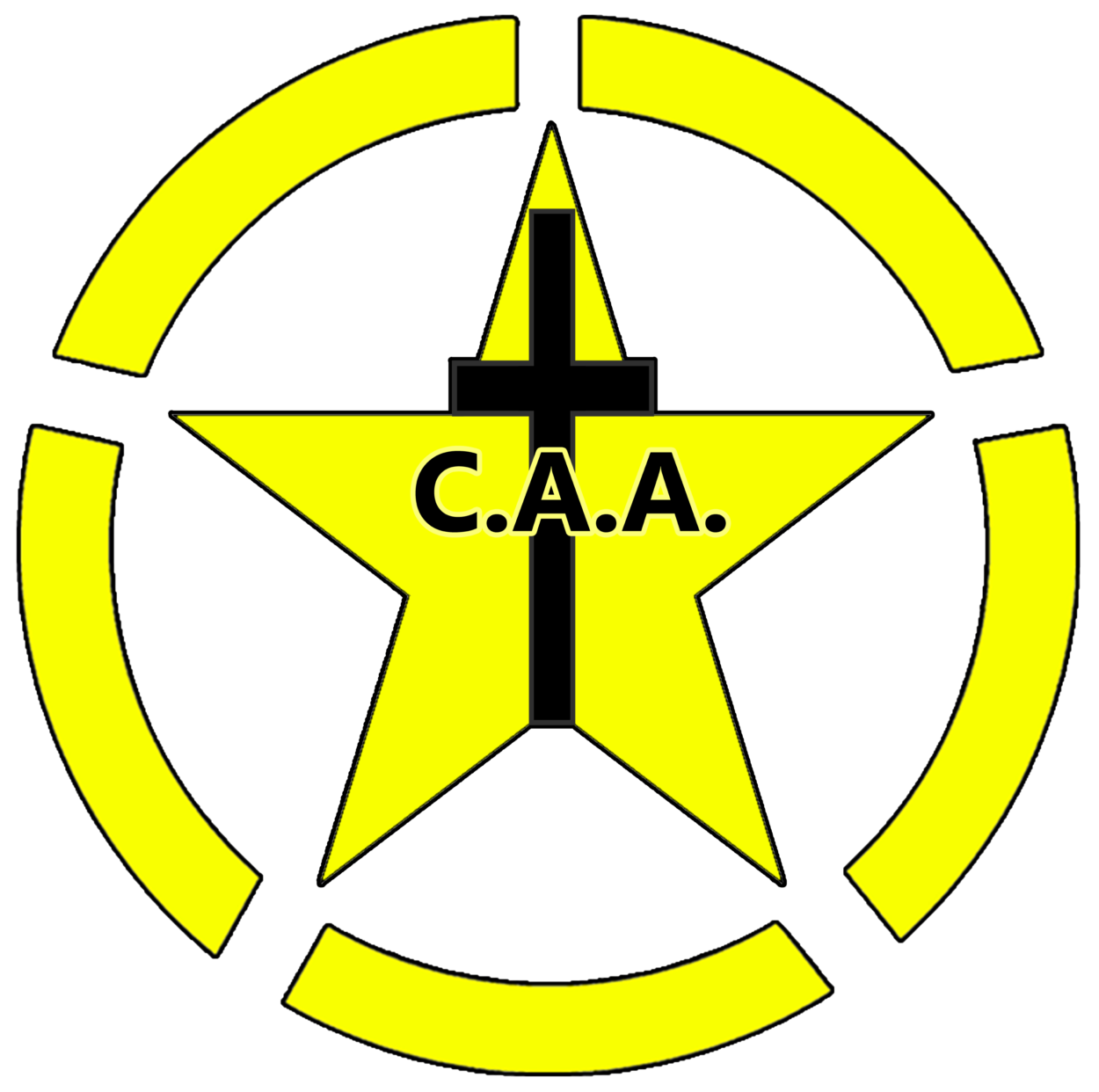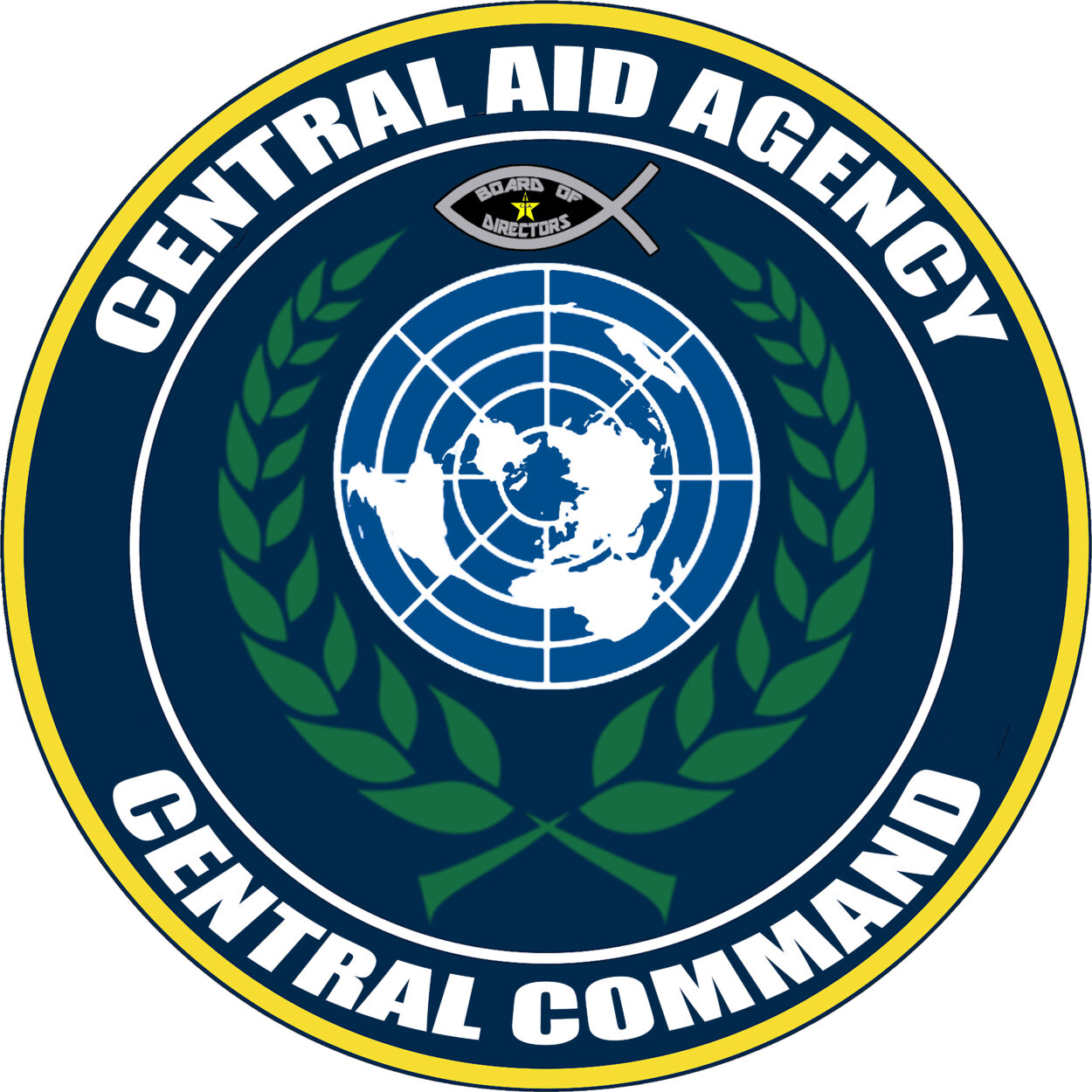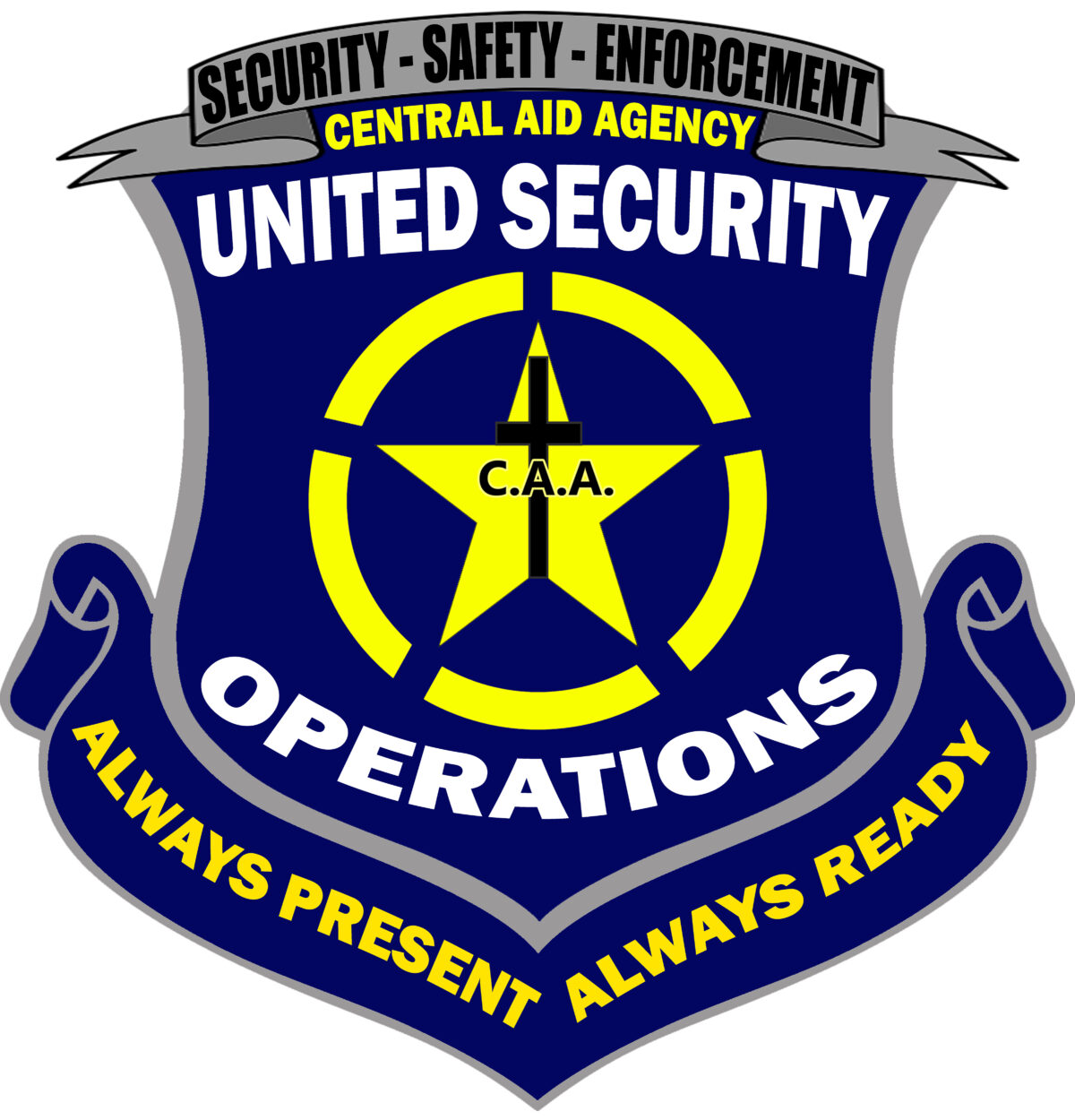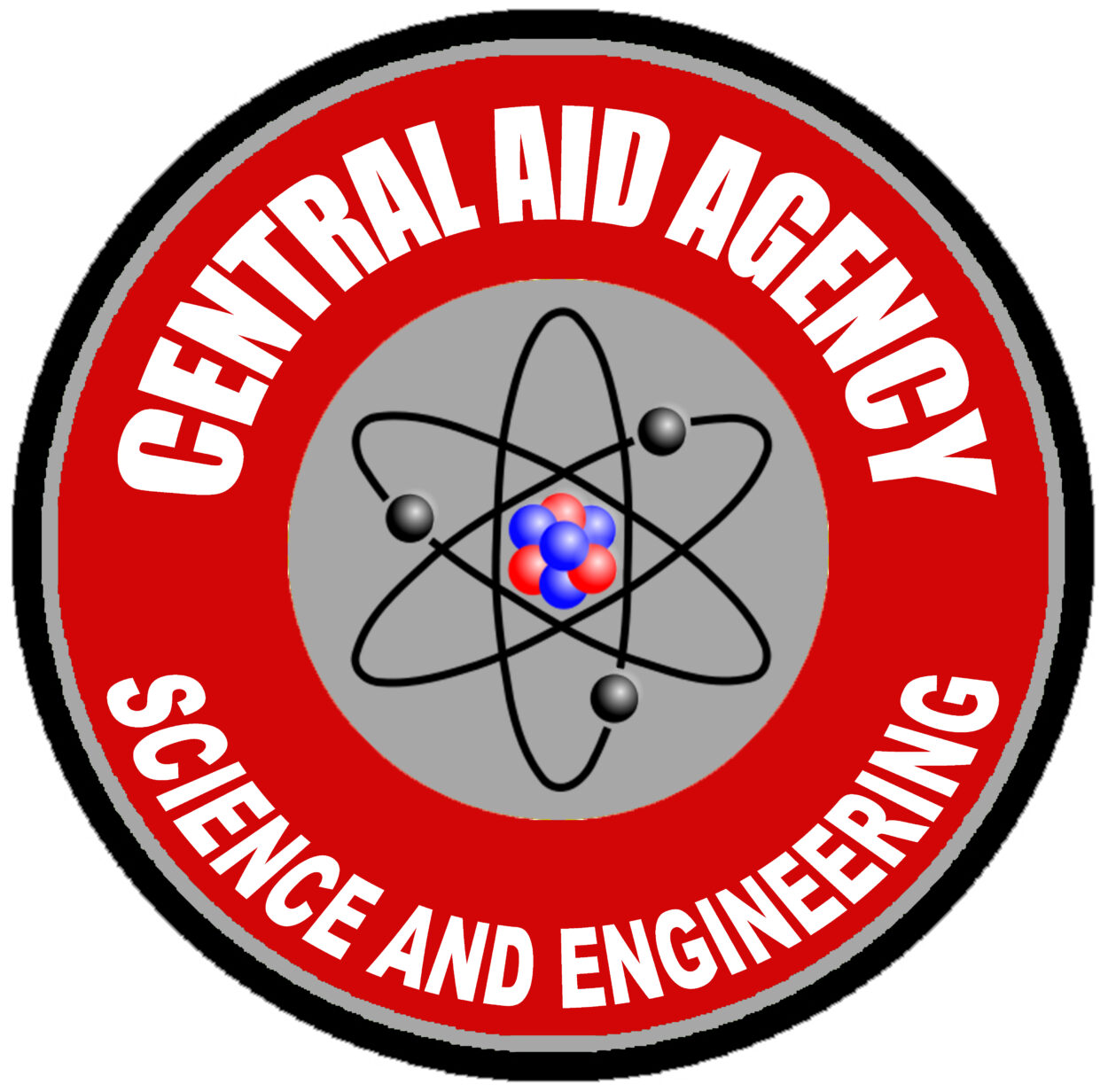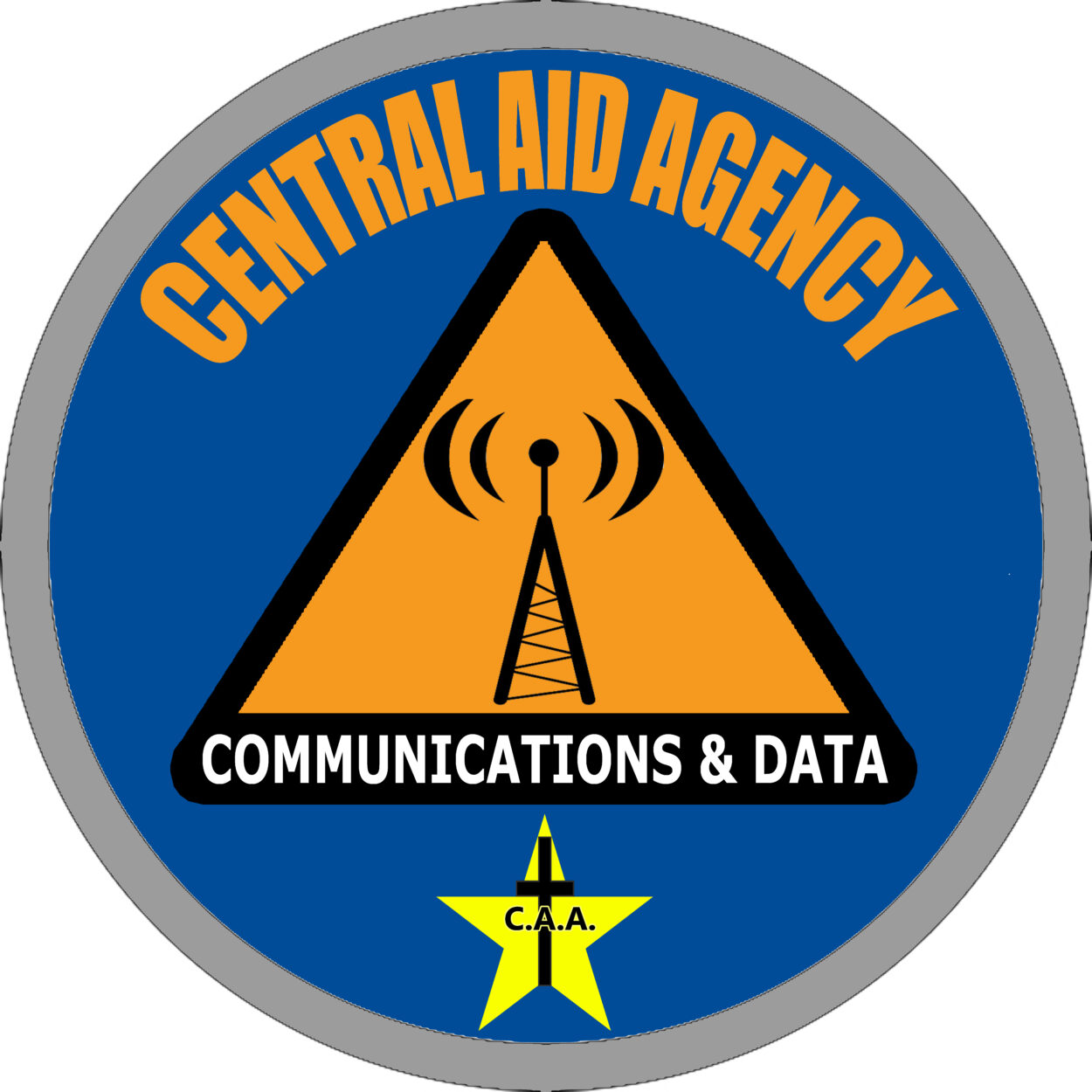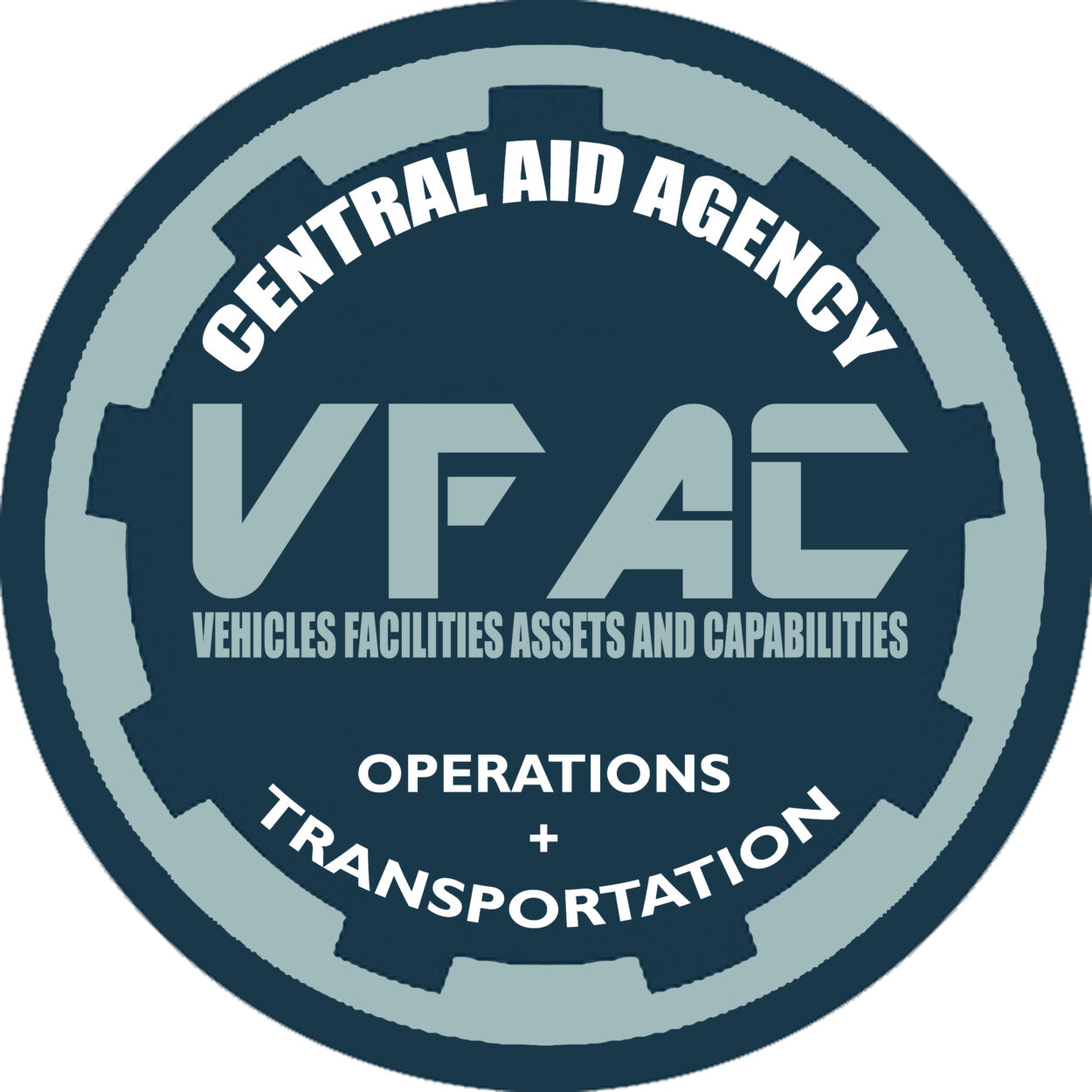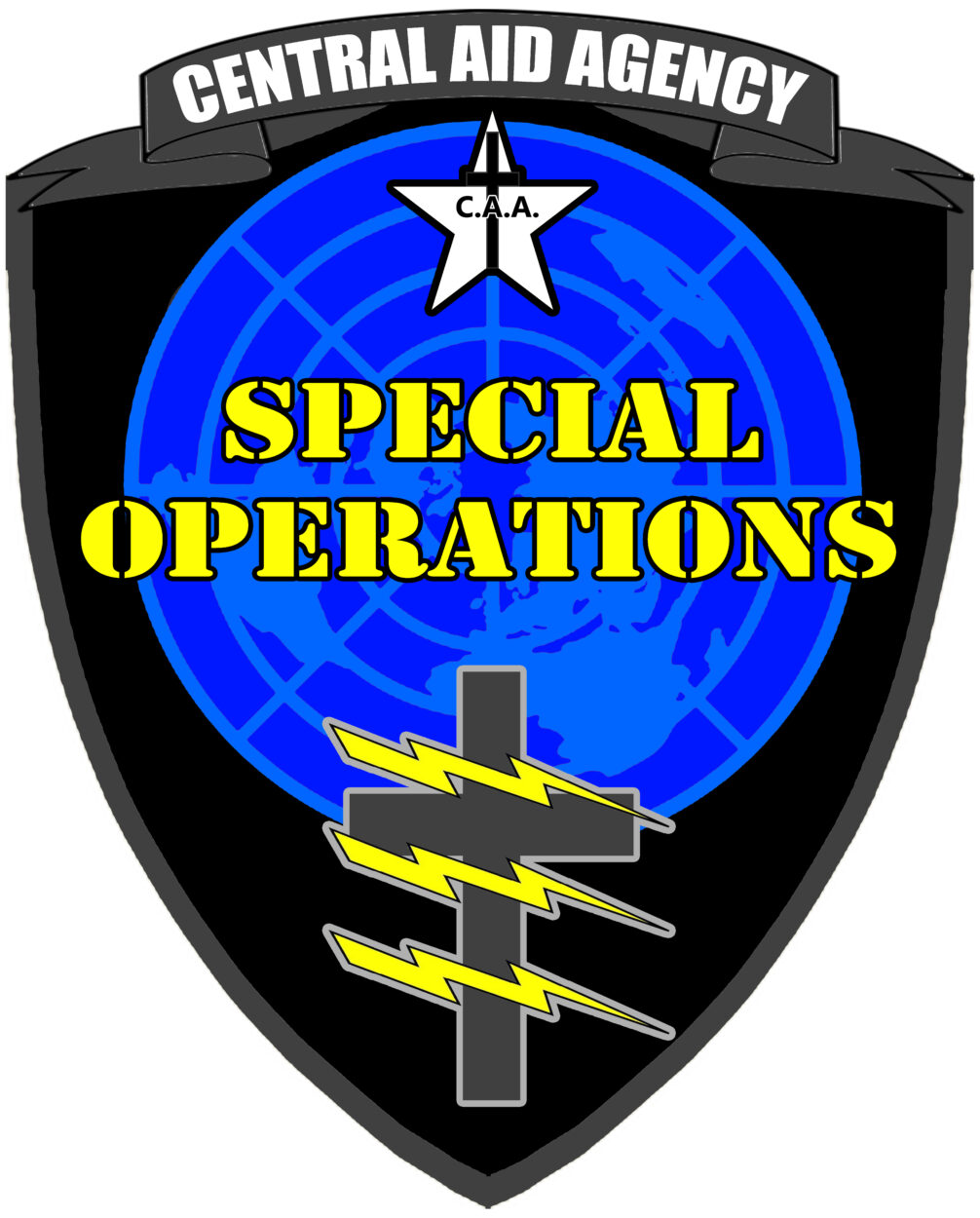About Commands & Units
Commands
The term command is used in several different ways within the Central Aid Agency. But generally a command references an organizational structure within the C.A.A. that is responsible for overseeing a specific aspect of the C.A.A. mission at a policy level. In the Central Aid Agency a command serves as the primary category, or role, that personnel are assigned to do. Commands are further categorized according to authority from Primary Commands on down, and are comprised of formations, units, and personnel. The terms command and commander can also be applied to designated leadership positions within the C.A.A. structure, such as command of an area, facility, or unit.
- Primary Command: The primary organizations that make up the Central Aid Agency comprising the core capability areas and leading through the Board of Directors. Led by a Director who represents each Primary Command on the Board.
- Branch Command: Branches exist within Primary Commands and are led by a Branch Director. Branches tend to operate with some independence and cover specific capability areas that may diverge somewhat from the mission of their parent Primary Command.
- Program or Affiliate Command: A Program or Affiliate within a Primary Command or Branch. Programs differ from Branches in that they are less autonomous and their capability is usually directly related to the mission of the parent. Programs are led by a Program Manager. Affiliates are legally separate subsidiary companies or organizations that function with almost complete autonomy, but are affiliated with C.A.A. and fall within the overarching C.A.A. table of organization. Affiliates are led by a Company Manager, Chief Executive Officer, or Chief Administrator, who must be a C.A.A. Commissioned Officer.
- Area Command: In addition to organizing commands and units based on capability, the Central Aid Agency also organizes according to geographical location. Area Commands are command and staff responsible for C.A.A. operations and units within a designated Area of Responsibility, such as a Sector. Area Commands are led by an appointed Area Commander.
- Facility Command: Command and Staff responsible for the operations of a C.A.A. Facility, they may be part of units stationed at the facility, or may be independent. Led by the facility Commandant (Also known as Facility Commander if they are a Commissioned Officer).
- Unit Command: Designated leadership over a specific unit or formation.
Units
Units are designated and organized hierarchical structures where personnel are assigned. Units come in different forms, each fulfilling a specific need. Units belong to a parent Command, Branch, Program, or Affiliate depending on their structure, with some specialized units belonging to multiple parents. Units are assigned to geographical Area Commands when not deployed. Generally units follow a set chain-of-command with clearly defined leadership and accountability. Units are led by a Unit Leader who is assisted by a Second-In-Command.
- Standing Unit: A primary unit that exists on an ongoing basis with permanently assigned personnel.
- Ad Hoc Units: Designated unit structures that perform a necessary or specialized purpose when needed, but are not staffed full time as standing units due to lack of need, personnel, or resources. Members participate in the unit in addition to their regularly assigned duties, roles, and unit assignment.
- Task Forces: Units or personnel from multiple Commands, Branches, Programs, Affiliates, or agencies assigned to work together to accomplish a specific task, purpose, or mission under a unified chain of command.
